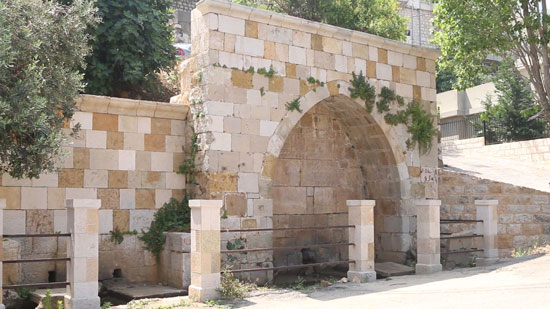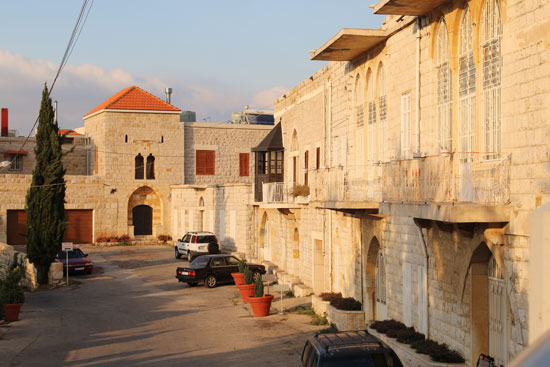The History of Abadieh

The road leading to Abadieh reached the beginning of the era of Al-Mutasiriya, in the twenties of the 19th century. It was called the Old Sham Road, which passes between Al-Abadieh and Beit Mery. The railway was passing through Arayya and Shwayet through Al-Abadieh to Bhamdoun and then to Dahr al-Baydar.
Electricity introduced to Abadieh in 1936 by a private company (owned by George Bayda), having obtained the privilege of delivering electricity to Abadieh.
The Abadieh River flows, which is characterized by strong springs, most notably the water of Ain Al-Dilba. The villagers used the water to drink and also to operate the wheat mills that were in the town.



Geographical Location

Population

There is no official statistical data indicating the population of Abadieh, and therefore the figure reached by the study is based on the write-off regulations of the original Abadieh population and on the results of the forms and investigations carried out in the framework of this study. These data indicate that the population of Abadieh is estimated at 14000 persons, this number includes both indigenous and unregistered people in the Deletion Regulations, the other Lebanese Arabs living in the areas of Dhour al-Abadieh and Zahhar and Lebanese citizens who occupy these areas for their summer residences and weekend days.
The history of the families of the slaves: Abadieh more than thirty-five families, according to alphabetical order, family: abou Jawdeh – abou Habib – abou Hamra – abou hamzeh - abou Shdid – abou Aassi – abou EzzEddine – al-Khoury – al-Sultan - Andari - Najjar – Nemr – Barakeh, Boughader - Hamdan - Zahr - Salama - Salloum - Shukr - Abdel Nour - Adnan - Faraj - Karam - Kassab - Madi - Makarem – Najd…



